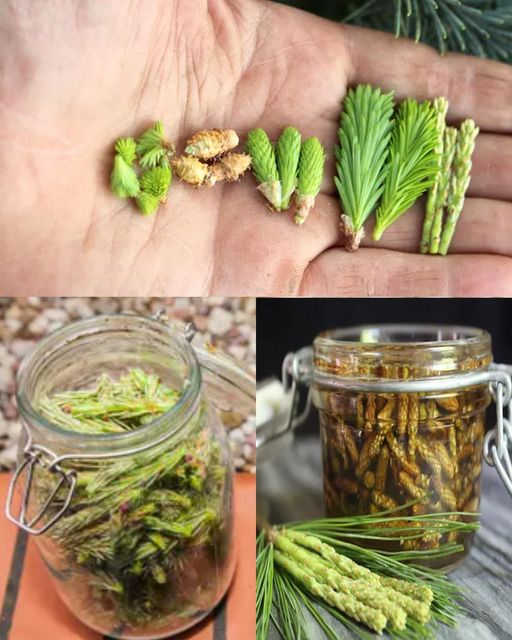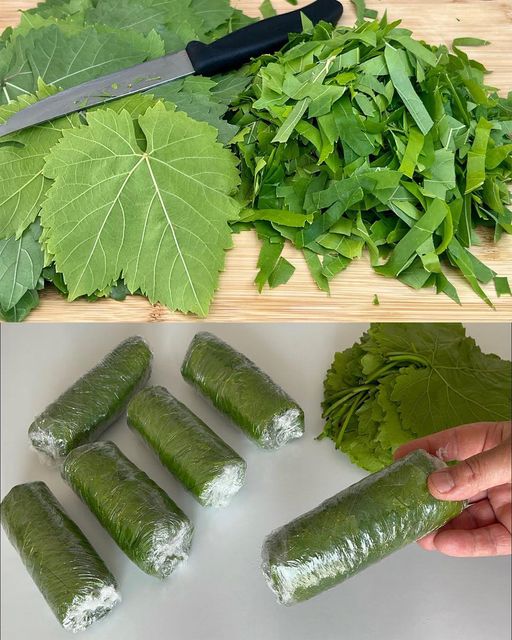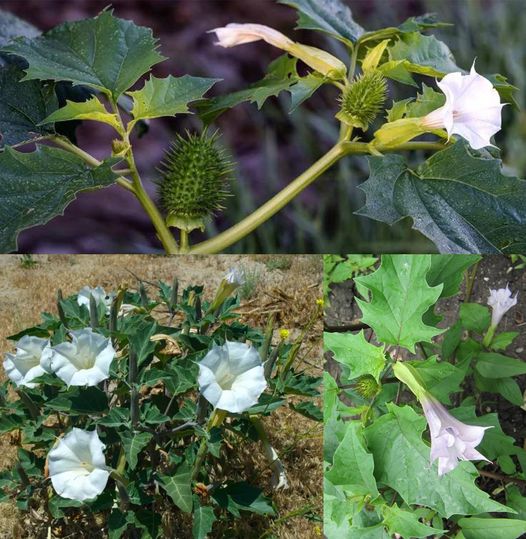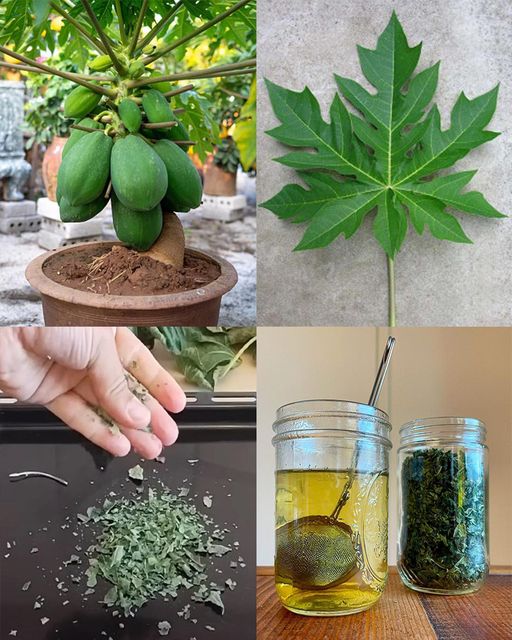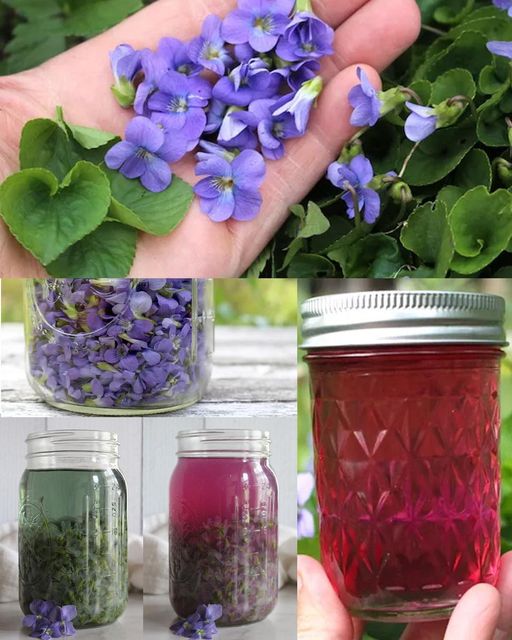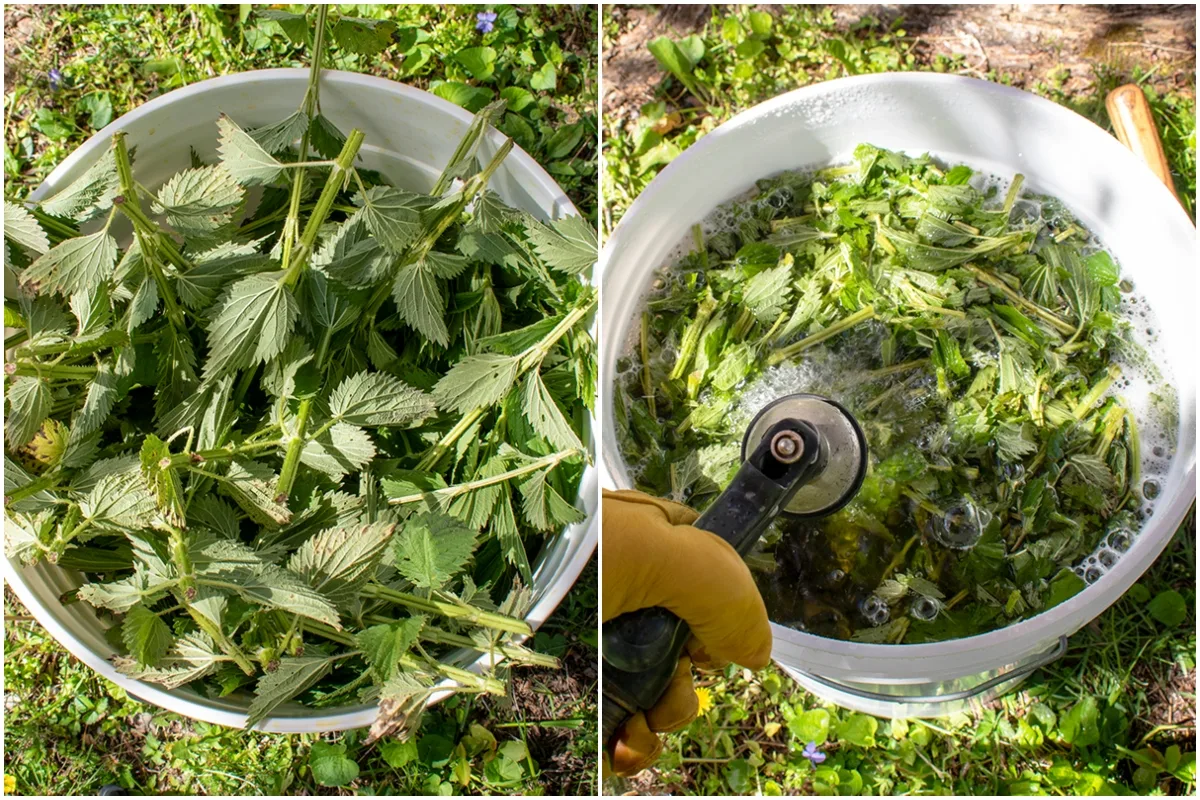Spruce tips, the tender new growth at the ends of spruce branches, emerge each spring with a burst of vibrant green color and a wealth of flavors and health benefits. These young shoots are more than just a sign of a healthy tree; they are a versatile ingredient and a potent natural remedy. This comprehensive guide will explore everything you need to know about spruce tips, from their culinary uses to their numerous health benefits, sustainable harvesting practices, and preparation methods.
ulinary Uses of Spruce Tips
Spruce tips are a culinary treasure, offering a unique flavor profile that can enhance a variety of dishes and beverages. Here’s how you can incorporate them into your cooking:
Flavor: Spruce tips have a fresh, citrusy, and slightly resinous flavor. This distinctive taste can add a refreshing twist to your culinary creations.
Edible: These tender tips can be eaten raw, making them a delightful addition to salads or as a garnish.
Cooking: Spruce tips can be used in various cooking and baking recipes. They are excellent for flavoring syrups, vinegars, and oils. You can also add them to marinades, sauces, and soups to impart a unique taste.
Beverages: Spruce tips are popular in brewing beer, making spruce tip tea, and flavoring cocktails. Their fresh, citrusy flavor pairs well with many beverage bases.
Recipes:
- Spruce Tip Syrup: Create a sweet, aromatic syrup by boiling spruce tips with sugar and water.
- Spruce Tip Tea: Steep fresh or dried spruce tips in hot water for a refreshing tea.
- Spruce Tip Vinegar: Infuse vinegar with fresh spruce tips for a unique, tangy flavor.
Medicinal Uses and Health Benefits
Spruce tips are not only a culinary delight but also offer numerous health benefits. Traditionally used in herbal medicine, these young shoots are packed with nutrients and compounds that promote health and well-being.
Vitamin C: Spruce tips are rich in vitamin C, making them a traditional remedy for scurvy and a great supplement for boosting the immune system. Regular consumption can help prevent colds and other illnesses.
Respiratory Health: Spruce tips are used in herbal medicine to treat respiratory issues such as coughs and colds. They help soothe the throat and reduce congestion.
Antioxidants: These tips contain antioxidants, which help in reducing inflammation and protecting cells from damage. Antioxidants are crucial for maintaining overall health and preventing chronic diseases.
Digestive Health: The natural compounds in spruce tips can aid digestion and alleviate gastrointestinal issues. They have been used traditionally to treat stomachaches and improve digestive health.
Skin Health: The vitamin C and antioxidants in spruce tips promote healthy skin by encouraging collagen production and protecting against damage from free radicals.
Anti-inflammatory Properties: The anti-inflammatory properties of spruce tips can help reduce inflammation and pain, making them useful in managing conditions like arthritis.
Medicinal Uses and Health Benefits
Spruce tips are not only a culinary delight but also offer numerous health benefits. Traditionally used in herbal medicine, these young shoots are packed with nutrients and compounds that promote health and well-being.
Vitamin C: Spruce tips are rich in vitamin C, making them a traditional remedy for scurvy and a great supplement for boosting the immune system. Regular consumption can help prevent colds and other illnesses.
Respiratory Health: Spruce tips are used in herbal medicine to treat respiratory issues such as coughs and colds. They help soothe the throat and reduce congestion.
Antioxidants: These tips contain antioxidants, which help in reducing inflammation and protecting cells from damage. Antioxidants are crucial for maintaining overall health and preventing chronic diseases.
Digestive Health: The natural compounds in spruce tips can aid digestion and alleviate gastrointestinal issues. They have been used traditionally to treat stomachaches and improve digestive health.
Skin Health: The vitamin C and antioxidants in spruce tips promote healthy skin by encouraging collagen production and protecting against damage from free radicals.
Anti-inflammatory Properties: The anti-inflammatory properties of spruce tips can help reduce inflammation and pain, making them useful in managing conditions like arthritis.Spruce tips are a remarkable natural resource, offering a plethora of culinary possibilities and health benefits. Whether you’re looking to add a unique flavor to your dishes or boost your health with natural remedies, spruce tips are a fantastic ingredient to explore. By harvesting them sustainably and preparing them properly, you can enjoy the fresh taste and medicinal properties of these vibrant green shoots all year round.
